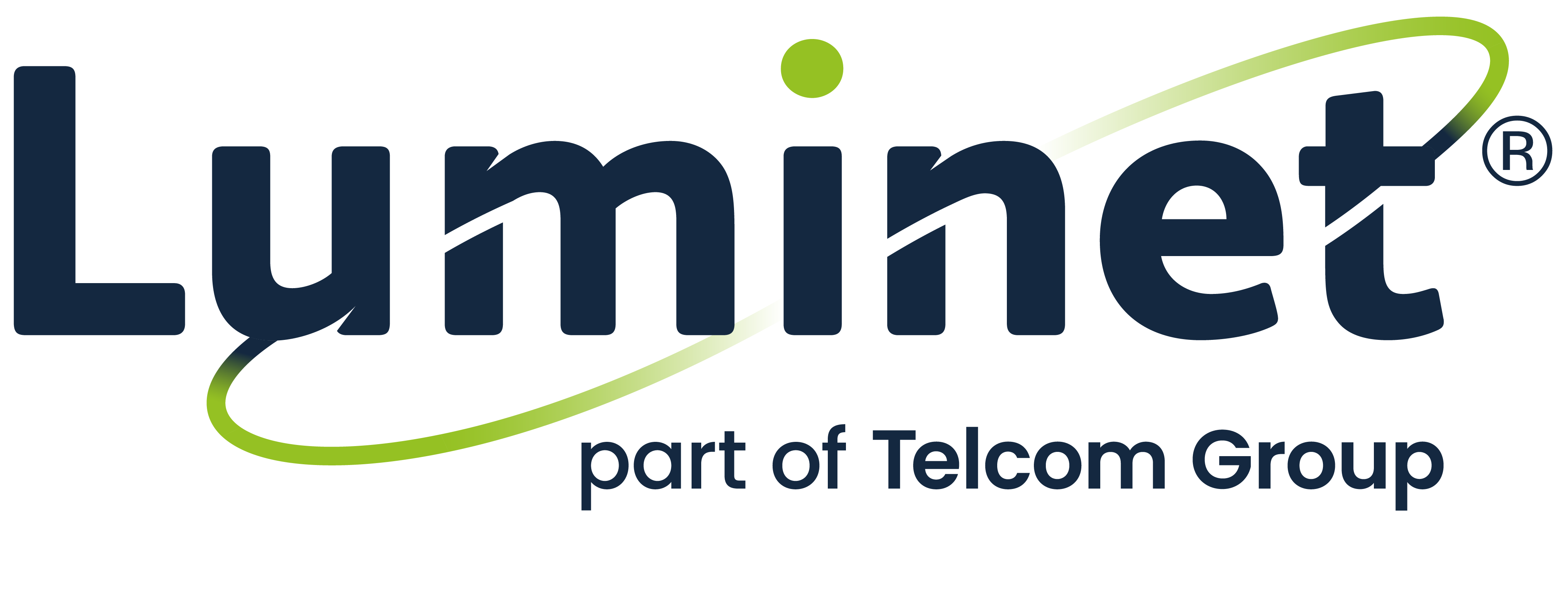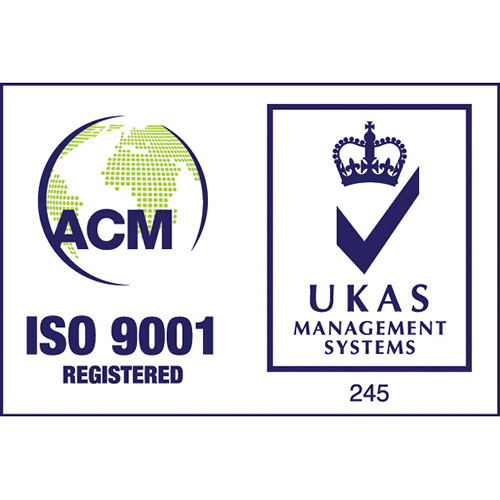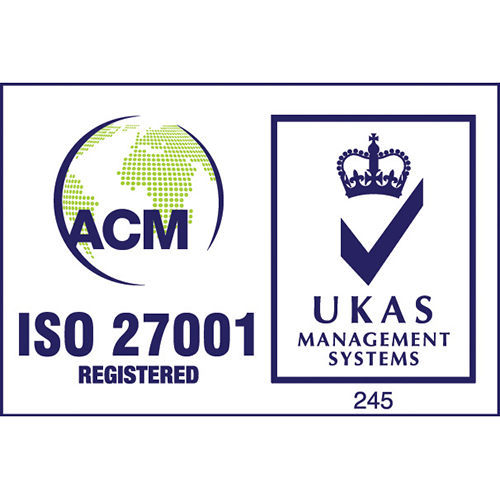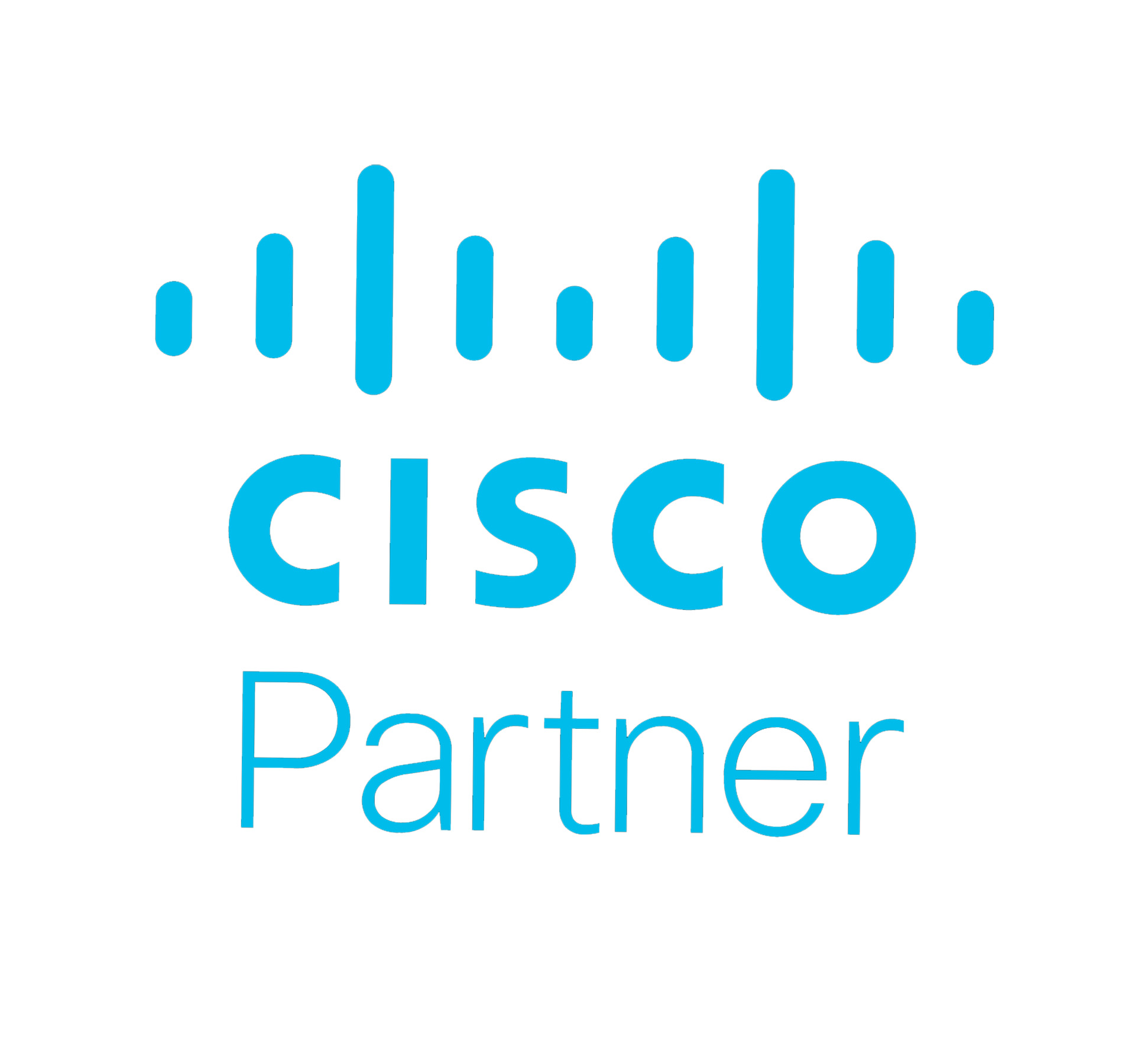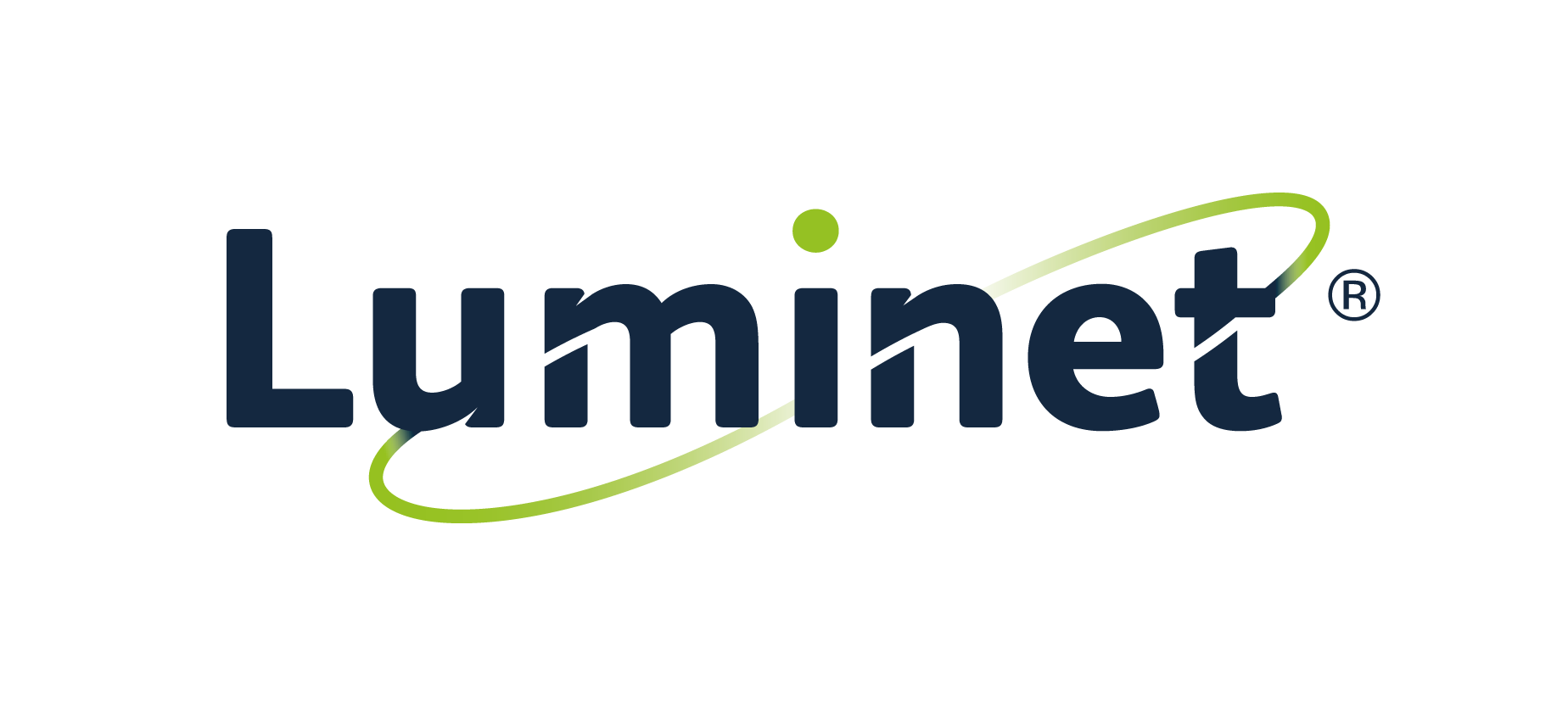What Sadiq Khan’s smart city strategy means for real London businesses
What Sadiq Khan’s smart city strategy means for real London businesses
As one of the world’s most important global cities, and comfortably Europe’s biggest tech industry hub, London demands world-class Ethernet connectivity.
Unfortunately, for various reasons, it doesn’t always get it. Even in places like Westminster, home of the only British politicians with greater global influence than the Mayor of London, Sadiq Khan, superfast broadband availability is well below the UK average.
Since coming into office in May 2016, Mayor Khan has talked a good talk on London’s Gigabit future but detailed plans have been thin on the ground.
That has changed with his newly published Smarter London Together roadmap, that aims to make the capital ‘the smartest city in the world’.
Big focus on big data but a bit-part role for connectivity
The roadmap covers a lot of ground from the delivery of new digital public services to the smart sharing of big data, addressing cybersecurity concerns and making London a test-bed for innovative new ideas and applications.
With all that in mind – and in the context of very broad objectives such as improving air quality and how citizens interact with their built environment – the question of how to enhance connectivity infrastructure is somewhat obscured.
But it is in there, along with some practical measures that should make London businesses sit up and take notice.
Pain relief rather than a cure for wayleave agony
Among the ideas trumpeted in the roadmap goes to the heart of one of the biggest frustrations of London organisations when it comes to deriving business-class Ethernet services: wayleaves.
Wayleaves are the legal formalities that seek to determine rightful access to property so that fibre trenches and other civil infrastructure can be built or made ready for new superfast connectivity.
But what is just a formality in theory, turns out to be a painful (and potentially ruinous) set of delays in practice. That’s the experience of many London businesses that have tried, and failed, to get the fibre services they’ve ordered connected in time.
The Mayor of London’s plan seeks to standardise wayleave processes and templates in a bid to make it easier and quicker, not least for builders of new 5G infrastructure. The move echoes a similar approach adopted by the City of London Corporation last year.
Of course, the best way of avoiding wayleave issues is to use services that don’t require planning permissions at all. For instance, the fixed wireless infrastructure required for Luminet’s Wireless service typically needs no wayleaves (it is a de-minimis installation on the roof), and its standard SLA of 99.95% puts it on a par with fibre-based Ethernet services – without the need for physical fibre. Speed is no issue either, delivering symmetrical, Gigabit clear channel services, with installs completed in just 10 working days.
Tackling not-spots and leveraging public-sector assets
Perhaps the most eye-catching aspect of the new roadmap is a commitment to launch a ‘Connected London’ programme that “will tackle notspots and mobilise public-sector property across London to reduce the costs of full fibre deployment.”
Quite what form the programme will take, and when it will roll into action, isn’t immediately clear from the Smarter London Together roadmap. This lack of detail will be deeply disappointing to many, and only invites speculation to what it could comprise.
It may follow the lead of Westminster Council and its popular ‘Connect Westminster’ voucher scheme that enables local SMEs to derive Gigabit-enabled services from alternative providers like Luminet. If so, it could well prove to be an equally successful approach. Interested parties can email us at enquiries@luminet.co.uk
The use of public-sector real estate specifically refers to Transport for London assets like tube stations and underground tunnels, as well as buildings. The idea is that linking these with high-capacity fibre will bring knock-on connectivity benefits to adjacent areas. That remains to be seen…
New planning powers to mandate full fibre to the premise (in 2019 at the earliest)
Last and by no means least is a new planning policy, currently in draft form and under consideration for inclusion in the next London Plan due for adoption some time during 2019.
Again, details are vague other than a hope to eventually provide “a major opportunity to enhance personal, residential and business digital connectivity and necessary data infrastructure.” This will be achieved by a reprioritisation of digital infrastructure as equally important “for the proper functioning of the city as energy, water and waste management services.”
B+ for effort, F for urgency
For all their merit, the major issue with the Mayor’s Gigabit city plans is that they aren’t moving fast enough to address the urgent need for flexible, reliable, high-capacity Ethernet connectivity across our nation’s capital.
Amid the buzzword bingo about ‘stakeholders’, ‘awareness raising’ and ‘listening tours’ are some good signs of progress – arguably the most ambitious and far-sighted produced to date.
But business is about the here and now. Whether a startup, SME or big corporate – digital transformation is an intense, live process that’s happening today. Cloud applications are there to be exploited. Data demands continue to rise exponentially. Workers who needed more flexibility and mobility yesterday can’t wait for tomorrow.
Connectivity is the lifeblood of today’s digitally-driven, cloud-oriented businesses – and London firms need it more than most.
That’s why Luminet is playing such a big part in London’s smart future, with newly extended coverage to more than 400km2 across the capital and increased Wireless speeds of up to 5Gbps – all available with a 100% Always On SLA. Our customer success among London’s business community is unprecedented – especially for firms that need to get up and running in days rather than weeks or months.
We believe we have the solutions that London needs. Come and talk to us and find out more!
Find out more about Luminet’s Network in the Sky.
Contact me to “get connected”.
